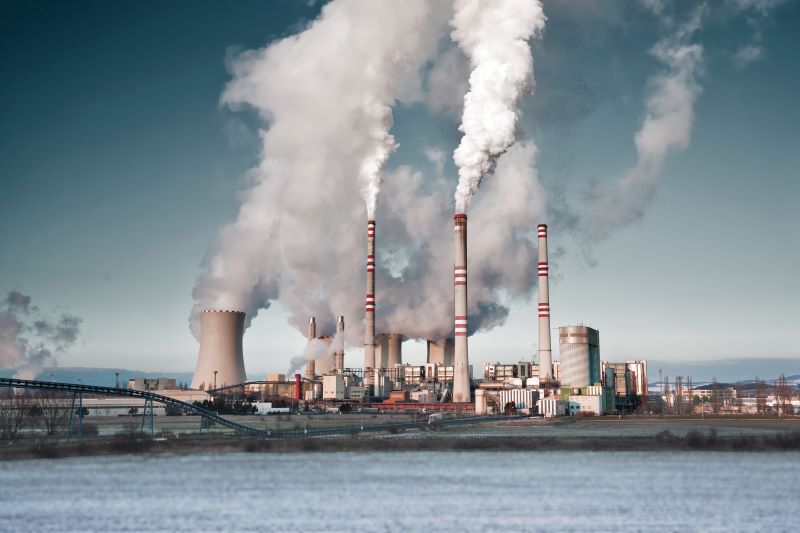The Key Takeaways from COP26
- Categories:
- Climate Change

1. More than 100 countries agreed to end deforestation by 2030
In the earlier days of the conference, it was announced that more than 100 countries had promised to end and even reverse deforestation by 2030. This was backed up by a financial promise too – with $12 billion of public funds being allocated to forest-related climate finance. There were also additional promises from private donors and companies.
2. More than 100 countries agreed to cut emissions of methane by 30% by 2030
Another big focus of COP26 was methane. Although it is not the most-produced greenhouse gas emissions (carbon dioxide takes that spot), it is a potent one that is still a significant contributor to global heating. Scientists believe that we need to tackle methane emissions now as the best option for reducing global heating in the short term.
That is why it was promising when more than 100 countries also joined a pledge to cut methane emissions by almost a third by 2030. This will include making changes to industrial agriculture, as well as capturing methane leaks at fossil fuel sites.
3. The US and China agreed to do more to cut emissions this decade
The US and China reached a joint agreement to do more on greenhouse gas emissions, recognising their position as the two major powers and the two biggest polluters. China agreed to “phase down” coal, as well as agreeing for the first time to reduce methane emissions. However, the agreement was criticised for being short on specifics.
4. India pledged to reach net zero emissions by 2070
India is the world’s third-biggest emitter of greenhouse gases but they made a pledge at COP26 to reach net-zero emissions by 2070 and more than half of energy would come from alternative sources by 2030.
This brings them in line with other big emitters such as the US and China. It was a surprise announcement, coming less than a week after some of India’s top politicians had said they would not set a deadline for reaching net-zero emissions.
5. Some progress on plans to cut emissions, but more needs to be done
Current pledges will reduce global warming to 2.4 degrees celsius, rather than 2.7 degrees celsius, but it is clear that more needs to be done to slash emissions further. At COP26, countries agreed to meet next year to pledge further cuts to emissions of carbon dioxide.
6. Carbon markets
A framework has finally been agreed for carbon markets, whereby countries and private entities can trade and offset carbon emissions. Some of the loopholes have been fixed, however there are still concerns over carbon market rules providing too many loopholes to the fossil fuels industry.
7. Weakened language over fossil fuels in the final agreement
Many were concerned about the weakened language that was put in place in the final COP26 agreement, where “phasing out” fossil fuels was replaced with “phasing down” fossil fuels. While India was largely blamed for this language change in the press, it is important to look at it in the context of fossil fuel equity, as outlined here. It is thought that there are loopholes for the US when it comes to fossil fuels, while much of the burden is placed with developing countries.
8. Campaigners want climate finance to be spent on adaptation for developing countries
The pledge at the Paris Agreement to provide climate finance to developing countries has not been met so far, but COP26 included a recommitment to this. New funding has been agreed, including the following:
- The US has pledged $11.4 billion per year by 2024, as well as $3 billion specifically for climate adaptation
- The UK says it will double its climate finance to $11.6 billion between 2020 and 2025
- Canada has announced a doubling of its climate finance support to $5.3 billion between 2020 and 2025
- Japan has offered $10 billion over the next five years for reducing emissions in Asia
- Norway has committed to tripling its adaptation finance; Australia will double its contribution
- Spain will increase its climate finance pledge by 50% to $1.55 billion a year from 2025
Campaigners say funding must be spent on adaptation for developing countries to deal with the effects of climate change, as well as mitigation.
We hope this summary of the key takeaways from COP26 has been helpful. While there is still room for criticism, steps are certainly being made in the right direction and we believe there is reason to be optimistic moving forward, while continuing to demand change.










